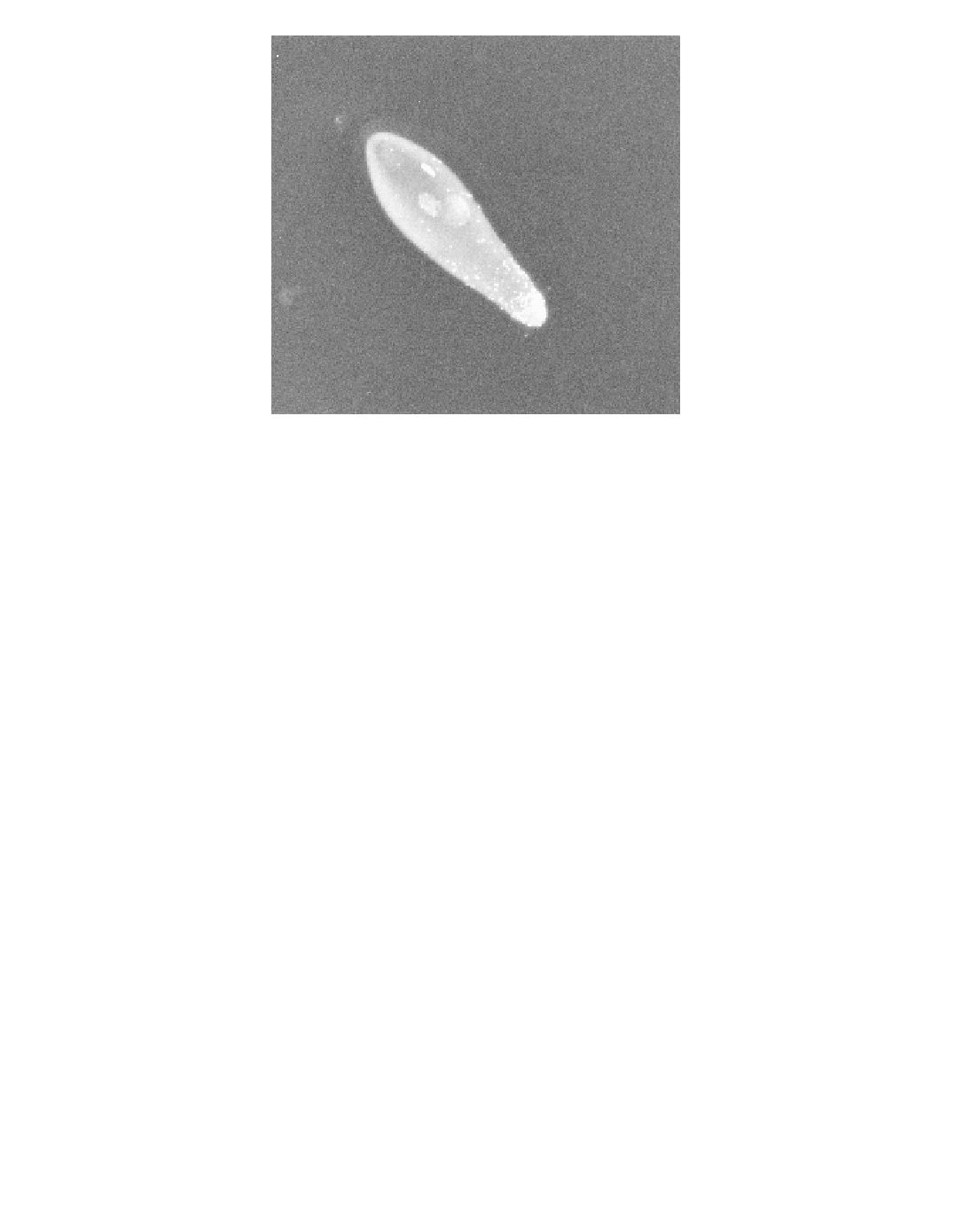Biology Reference
In-Depth Information
FIGURE 15.1
(Color Ýgure follows p. 206.)
Wolbachia
located at the posterior pole of a freshly laid
Trichogramma kaykai
egg. (Photo courtesy of Merijn Salverda.)
PI is most likely related to the density of
Wolbachia.
As in CI it seems to be a titer effect. In
M. uniraptor
, male production increased with increasing antibiotic dose (Zchori-Fein et al., 2000).
In
Trichogramma
spp., infected females start producing more and more males after 5 or 6 d of
being able to parasitize a nonlimiting number of host eggs (R. Stouthamer, unpublished results).
The titer of
Wolbachia
in the ovaries most likely becomes too low to infect all the oocytes after a
few days of oviposition. The uninfected oocytes then develop into males. This might also be the
case in
T. kaykai
females that acquired
Wolbachia
through horizontal transfer (Huigens et al., 2000).
Newly infected virgin females always produce both sons and daughters.
PHYLOGENETICS: NO CLUSTERING OF PI-
WOLBACHIA
PI-
Wolbachia
do not form a monophyletic group within the phylogeny of
Wolbachia
based on genes
used thus far for reconstructing its phylogeny, i.e.,
ftsZ
(Holden et al., 1993; Werren et al., 1995;
von der Schulenburg et al., 2000),
wsp
(Braig et al., 1998; Zhou et al., 1998; von der Schulenburg
et al., 2000), 16S rDNA (OÔNeill et al., 1992; Stouthamer et al., 1993), 23S rDNA (Rousset et al.
1992), and SR2 and 5S rDNA regions (Fialho and Stevens, 1997; Van Meer et al., 1999).
Wolbachia
phenotypes are intermixed in the phylogeny of
Wolbachia
(Chapter 16).
Several
hypotheses exist to explain the scattered distribution of the
Wolbachia
phenotype over the phylogeny
(Stouthamer, 1997). According to one, the induction of parthenogenesis undergoes multiple evo-
lution. A second hypothesis is that speciÝc host effects allow certain
Wolbachia
phenotypes to
express themselves in a particular host. Curing a host that shows phenotype A and infecting it with
a
Wolbachia
that induces phenotype B in its original host may prove this. Infecting cured parasitoid
wasps that previously showed CI with
Wolbachia
associated with parthenogenesis could provide
support for this hypothesis. Van Meer and Stouthamer (1999) microinjected uninfected
D. simulans
embryos with PI-
Wolbachia
from
M. uniraptor
. Infection could be detected in the new host, but
no effect was expressed, and the infection persisted for only seven generations. A third hypothesis
states that the genes used for phylogenies are not linked to the genes associated with the effect.
Movable genetic elements within the genome of
Wolbachia
, such as the recently discovered bac-
teriophage (Masui et al., 2000), may induce the effect and not
Wolbachia
itself. Masui et al. (2000)
show evidence for frequent horizontal transmission of this phage among different
Wolbachia
.



















